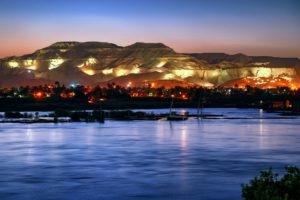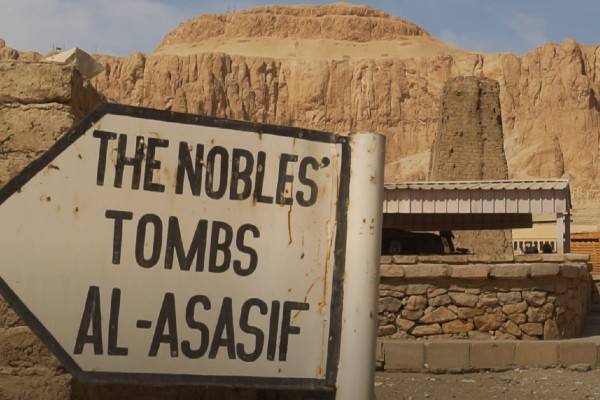Tomb of Seti I
KV17
The tomb of Seti I is situated in the Valley of the Kings in Egypt and belongs to Pharaoh Seti I from the Nineteenth Dynasty. The tomb is also known as “Belzoni’s Tomb”, “the Tomb of Apis”, and “the Tomb of Psammis, son of Nechois”. It is one of the most adorned tombs in the valley, and it is also one of the largest and deepest ones. Giovanni Battista Belzoni, an Italian explorer and archaeologist, discovered this tomb on October 16, 1817.

A Brief Reign
Few pharaohs in Ancient Egypt’s history stand as tall as Seti I, despite his relatively short reign of just over a decade (1290–1279 BCE). Seti I was the second pharaoh of the Nineteenth Dynasty, and he rose to power after the tumultuous reign of his father, Ramesses I. He was renowned for his military prowess and ambitious building projects and sought to restore Egypt’s glory after years of instability.

The Location: KV17
KV17 is located in the Valley of the Kings and is one of the most important royal tombs in the valley. This valley chosen for its natural protection and connection to the god Osiris, and it was used as the final resting place for many pharaohs and members of the royal family during the New Kingdom period.
Luxor Tours & Activities
Looking to save some costs on your travel? Why not join a shared group tour to explore Luxor, Egypt? Here are some activities you might be interested in:

The Layout and Design
KV17 is a remarkable example of ancient Egyptian funerary architecture that showcases grandeur and meticulous planning. The tomb is carved deep into the limestone cliffs that overlook the river, and its entrance hidden amidst the rugged terrain. Once inside, one can explore a series of elaborate corridors and chambers that serve as the final resting place for Seti I and his treasures.

Until the discovery of the Tomb of the Sons of Ramesses II, the tomb of Seti I was considered the longest in the valley. The tomb is 137.19 meters long and has seventeen chambers and side rooms with well-preserved reliefs. One part of the tomb, called Corridor K, is still being excavated. Corridor K leads into the mountainside, where the sarcophagus located in the burial chamber. However, much of the tunnel has been filled with rubble, and probing projects into the tunnel only started in 2001. The Supreme Council of Antiquities approved a plan to explore the passageway.

The tomb was designed with a “joggled axis” style of architecture, which means that the tomb entry’s descending line is interrupted by a “wiggle” that changes to a sharper angle of descent when entering the tomb following the first chamber. The entrance to the tomb consists of four hallways, each leading further underground. They have several murals depicting traditional religious imagery with illustrations of Seti I before Ra. Rooms F, Fa, J, Jb, Jc, and Jd have intricately carved support pillars with well-preserved decorations. It is also one of the first discovered tombs to have a vaulted burial chamber, along with remaining examples of construction, such as plastered over postholes where wooden beams would have been.

In chamber E, a shaft was cut into the floor, but its purpose is not known. Some of the tomb ceilings are painted with gold stars on a deep blue sky, which is a common motif in temples and tombs in Egypt. This motif is used in many rooms in Seti’s tomb, including side chamber Jb with the Imydwat. Many rooms in the tomb are richly decorated, with general themes.

Decorations and Rituals
The entry corridors (Corridors B-D) of the tomb adorned with symbols, like Ma’at, and a list of Set’s royal names and epithets. One of the chambers further inside the tomb is decorated with the Opening of the Mouth ceremony, which signifies the Egyptian belief that a magic religious ceremony was necessary to open the lungs and throat of the mummy so they could breathe in the afterlife.

The tomb covered with detailed murals and reliefs from floor to ceiling. There are golden stars on a blue background on the ceiling of the vaulted burial chamber, which has a series of astronomical designs. Other decorations are religious, including depictions of the Litany of Ra, the Book of The Dead, the Imydwat, the Book of The Heavenly Cow, and depictions of Seti with various deities. There are also depictions of the King alone, standing on the pillars of the room. Each room has lots of decorations on the walls and ceiling, as well as many columns and floor skirts. Much of the floor skirting is damaged due to both the ravages of time and the damage caused by excavation.






